For as many times as I've visited Las Vegas, I still have a lot to learn about the Las Vegas Valley—and Southern Nevada as a whole.
That's one of the reasons I like traveling for the annual "Home + History" weekend sponsored by Nevada Preservation Foundation—whose events have taken me to unexpected places on the Strip, just off the Strip, on Fremont Street, and even to nearby Boulder City.
This year, the one big draw for me was the historic bus tour of Henderson, now Nevada's second-largest city.
While Boulder City had the Hoover Dam to thank for its founding, Henderson had something completely different: magnesium.
In fact, although Henderson wasn't incorporated until 1953—named after Nevada Senator Charles Belknap Henderson—it began over a decade before that as the "Basic Townsite," home of Basic Magnesium, Inc. (BMI).
And the bus tour I'd driven five and a half hours for, which was co-presented by Nevada Preservation Foundation and Henderson Historical Society, took us through the old BMI plant.
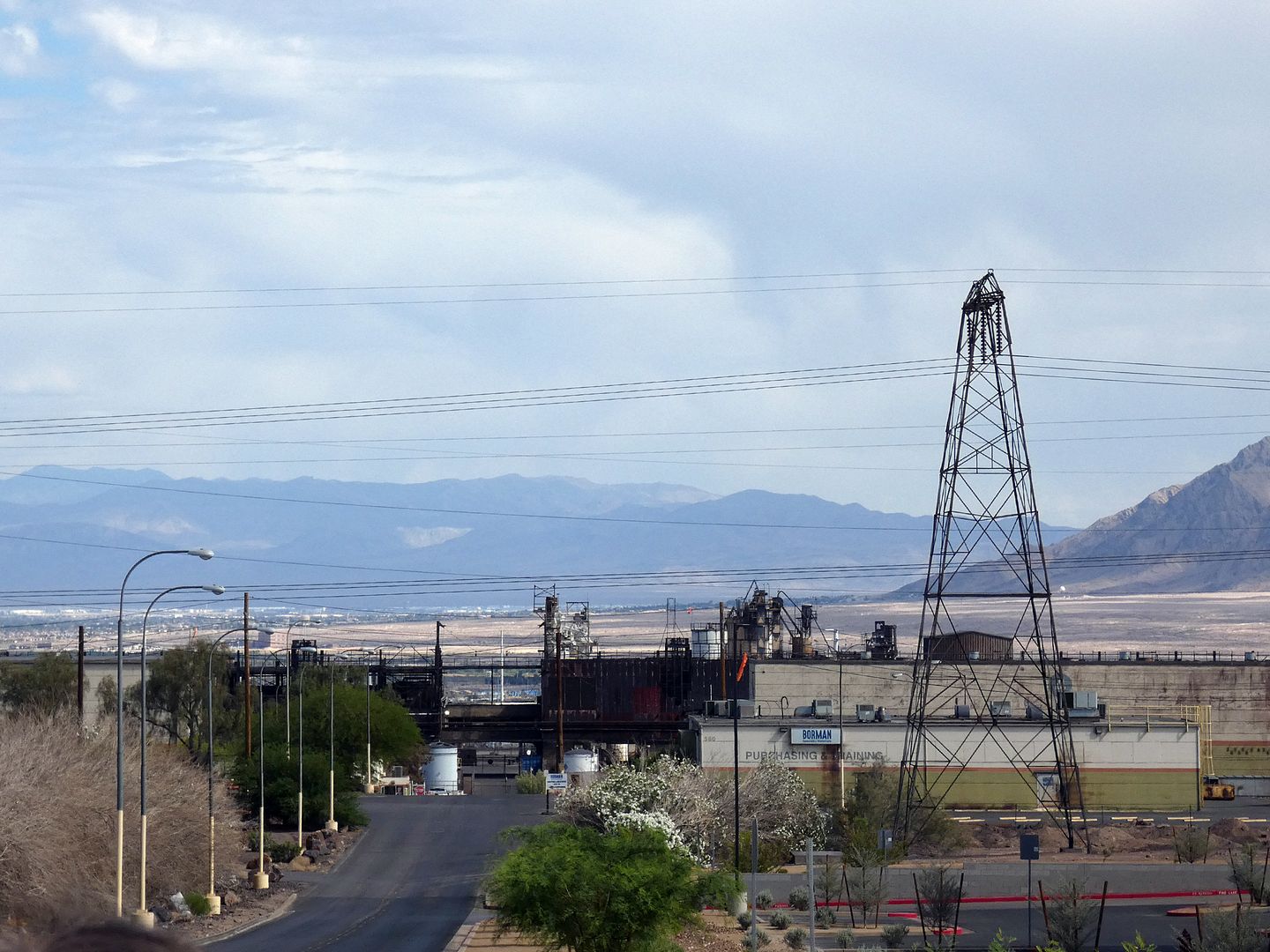
This used to be dry, arid desertscape—but it was close enough to the Hoover Dam (and Lake Mead) to have access to both water and (hydroelectric) power, which was all that was needed to build and operate a huge industrial complex.
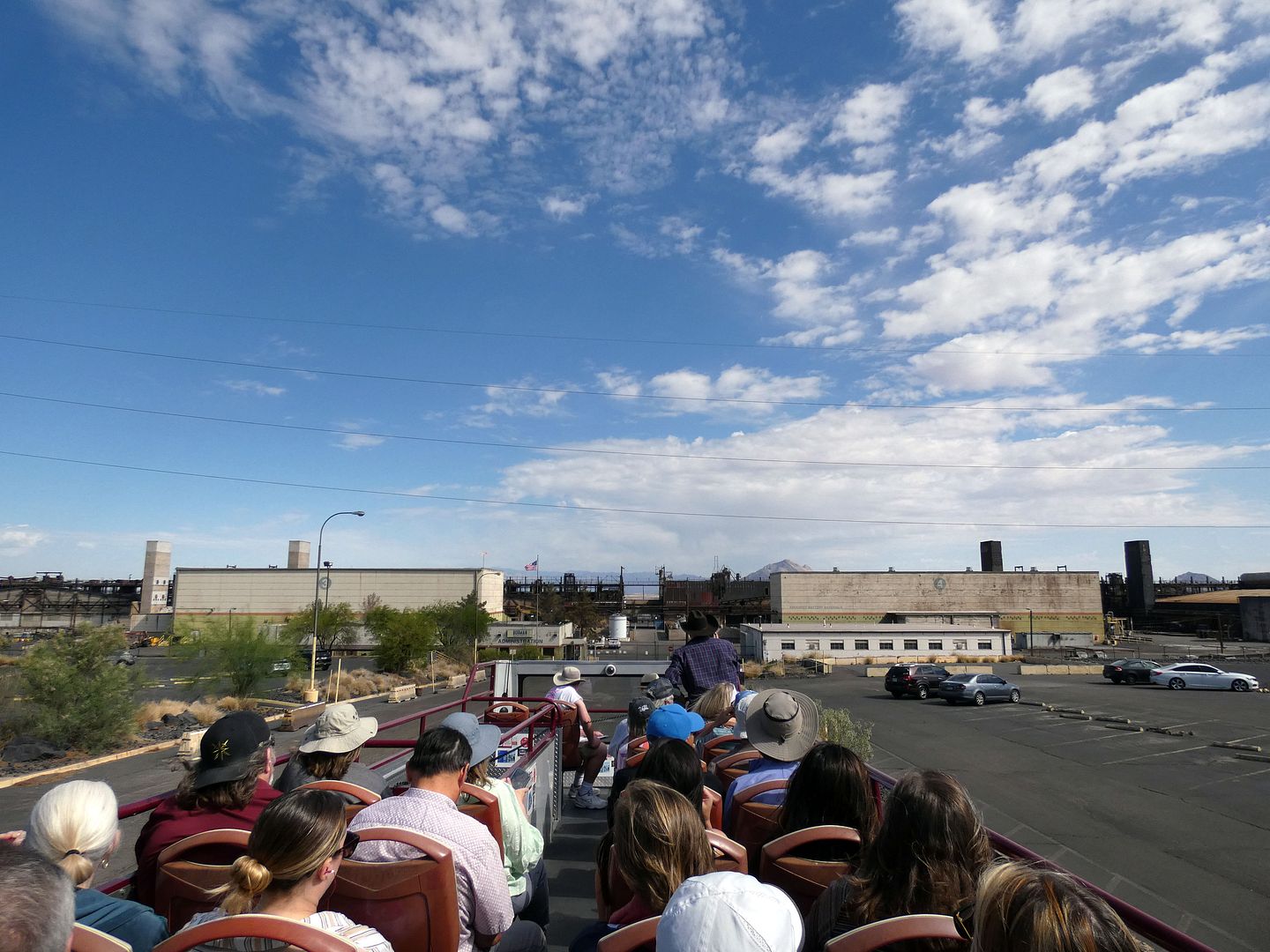
It was 1941, and the War Department needed materials for the ongoing military efforts during World War II—specifically, an aluminum alloy that it would use to manufacture not only airplane parts, but also flares, fire bombs, cluster bombs, and bomb casings. And one of the alloying metals that could be used was magnesium, then considered a "wonder metal."
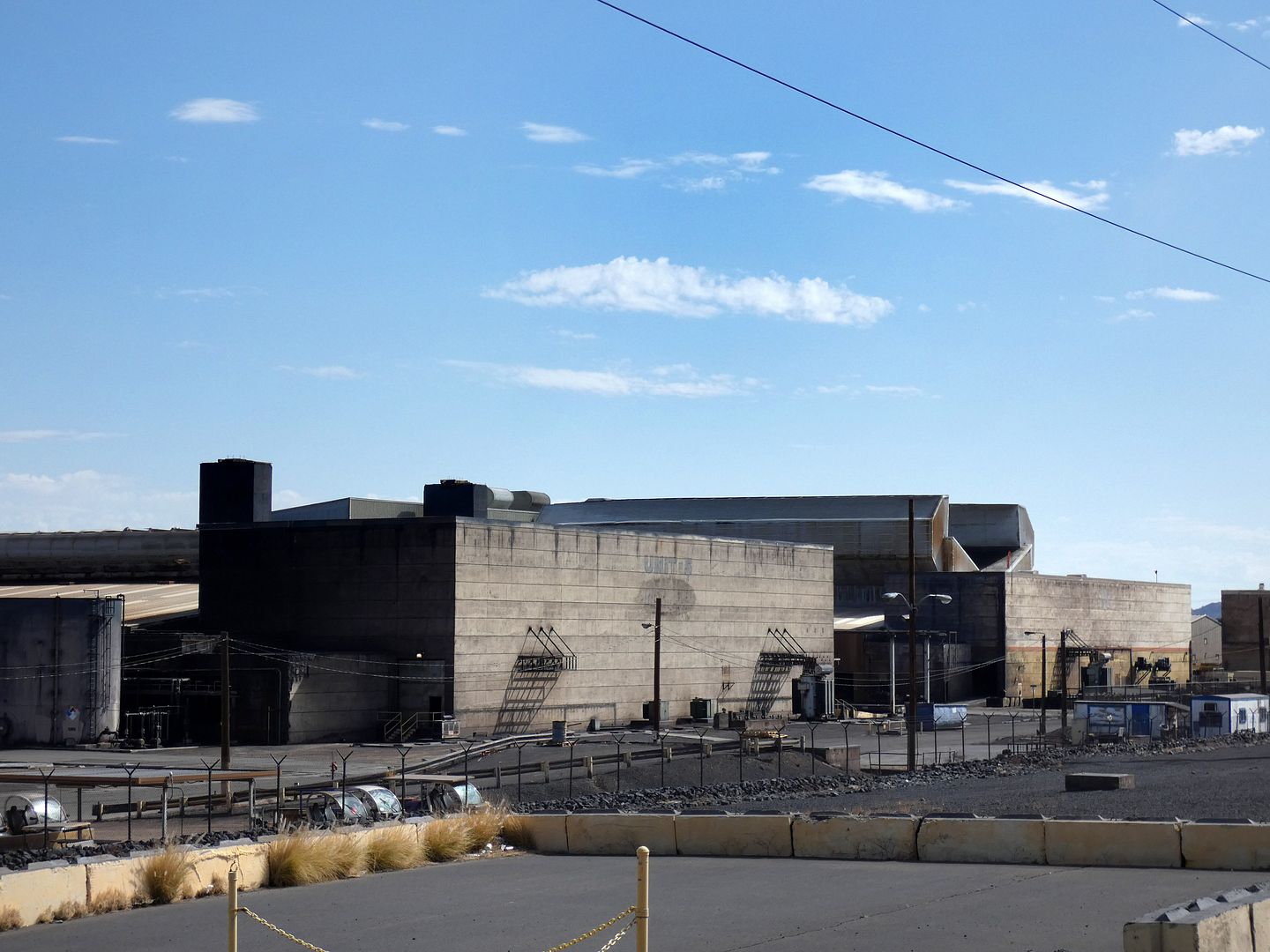
But you can't just mine straight magnesium. So while a mine in Nye County could produce the raw material dolomite (which contains calcium magnesium carbonate), its owner, Basic Refractories, Inc., needed to figure out how to get metallic magnesium out of the ore. That's where a British materials manufacturer, Magnesium Elektron, Limited, came into the picture—since it controlled the patented electrolytic process to extract the magnesium and produce it in a form that could be used for industrial purposes.

In June 1941, the two formed a joint venture: Basic Magnesium, Inc. (BMI). And in August 1941, BMI secured a defense contract from the Federal Reconstruction Finance Corporation’s Defense Plant Corporation (DPC) to build a magnesium manufacturing complex. It was codenamed "Plancor 201"—and at 18,400 acres, it became the largest magnesium plant in the world.
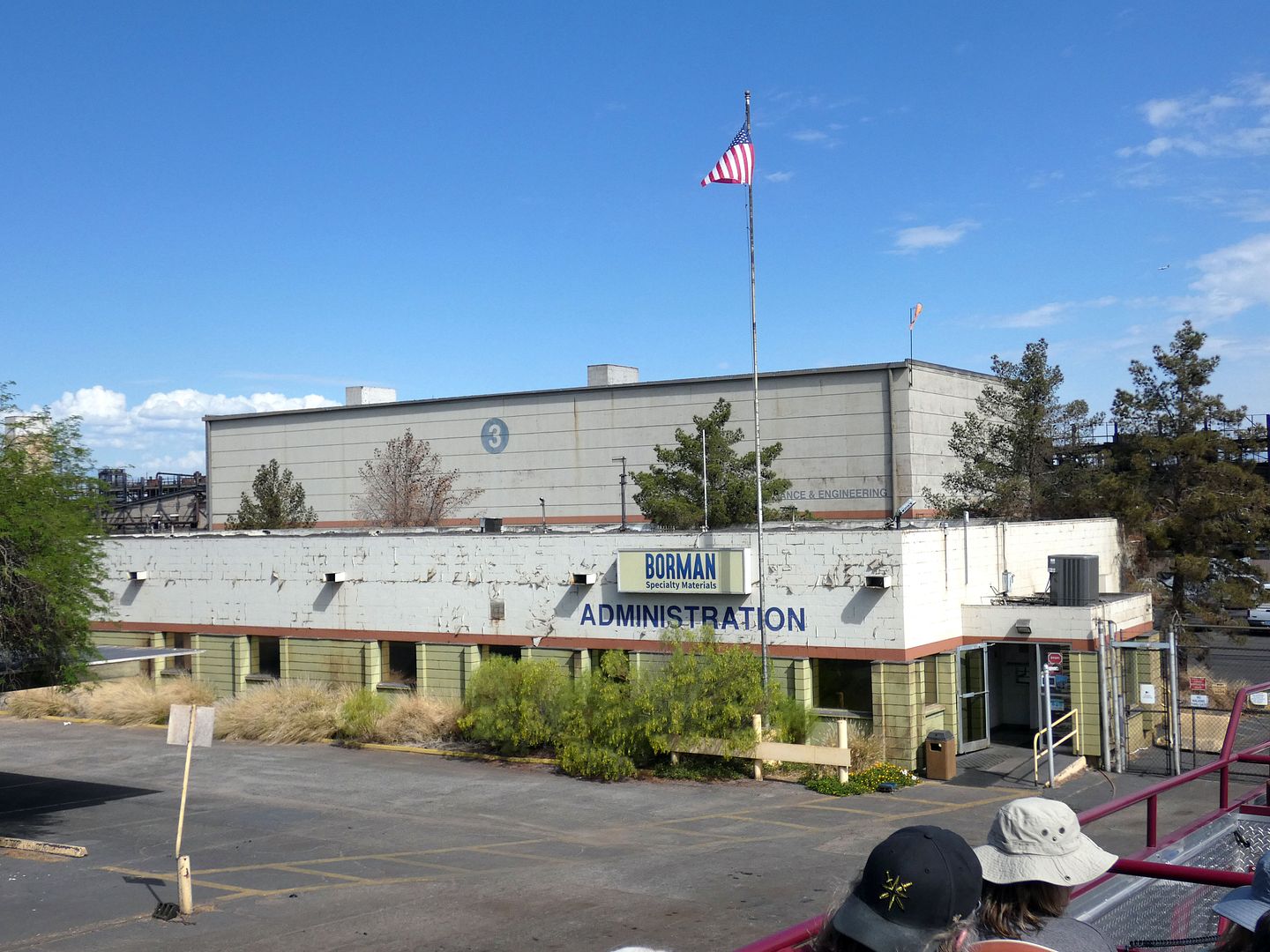
Construction began in September 1941—and it wasn't even completed before it began producing magnesium in October 1942. A railroad line transported raw materials from the mine, over 300 miles to the chlorine, refining, and magnesium metal plants that were completed at the site. And by June of 1943, BMI's output of refined magnesium was at maximum capacity.

At its peak, the BMI plant employed 15,000 workers—having drawn laborers to the area from many poor communities in the South, including Arkansas, Louisiana, and Mississippi. But WWII-era labor shortages also brought women to the factory floor—and not just the "Rosie the Riveter" types.

At the Basic Townsite, there was the archetype of "Magnesium Maggie"—representing the women who filled industrial roles, from driving forklifts and casting molten metal magnesium into solid blocks (called "ingots") to repairing gas masks, all in 110-degree working conditions. Amazingly, they earned equal pay with their male counterparts, at $0.90 per hour.
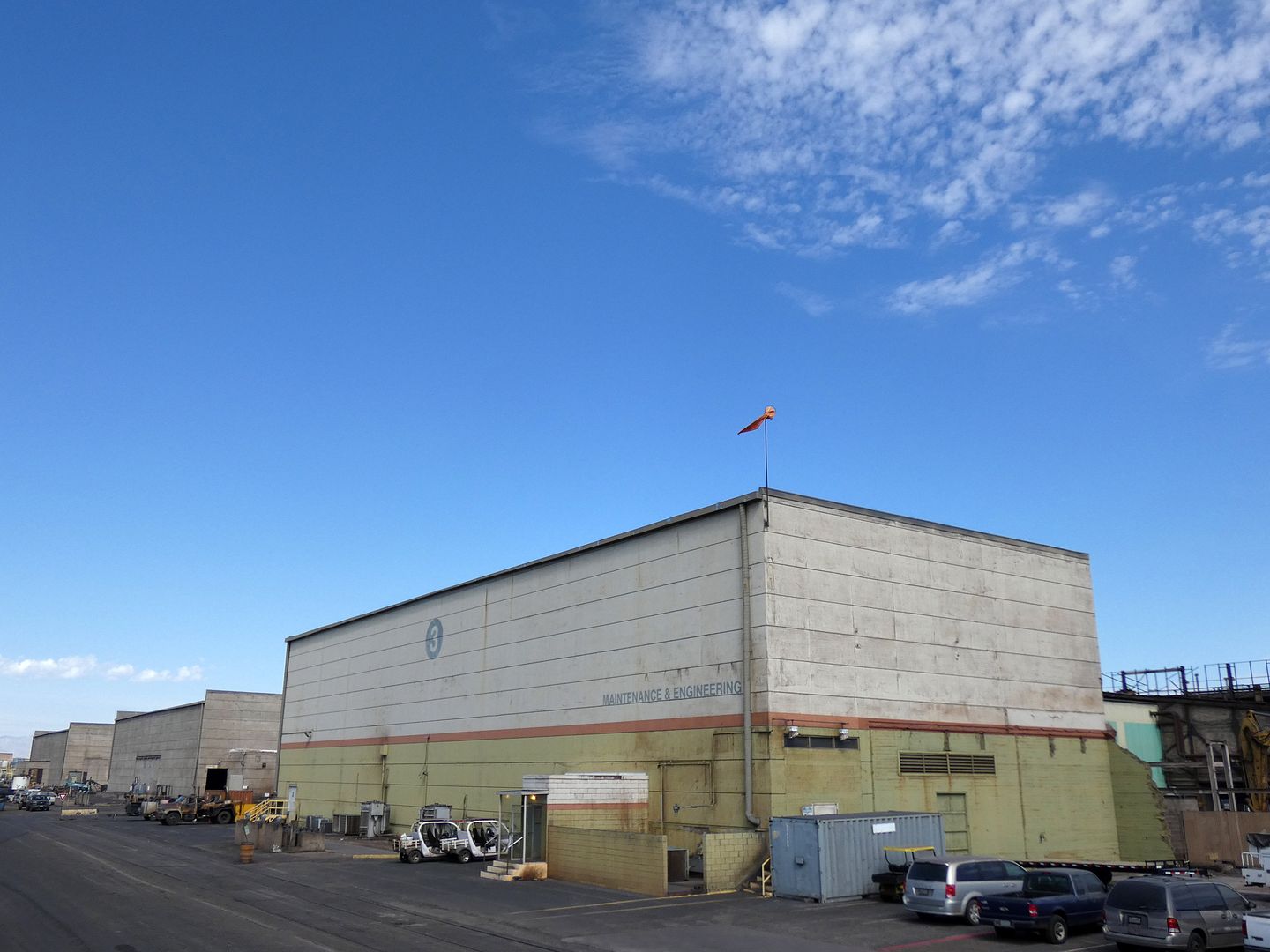
This workforce helped the plant continue to operate above production capacity until April 1944. That's when a curtailment order issued by the War Production Board cut the magnesium output by 40%—despite the fact that D-Day and the German surrender were still months away.

By November 1944, it was shut down entirely—and the BMI plant became surplus property of the U.S. government (a bit of a white elephant, according to a 1948 article in TIME). The U.S. firebombing raids on Tokyo would follow in March 1945.
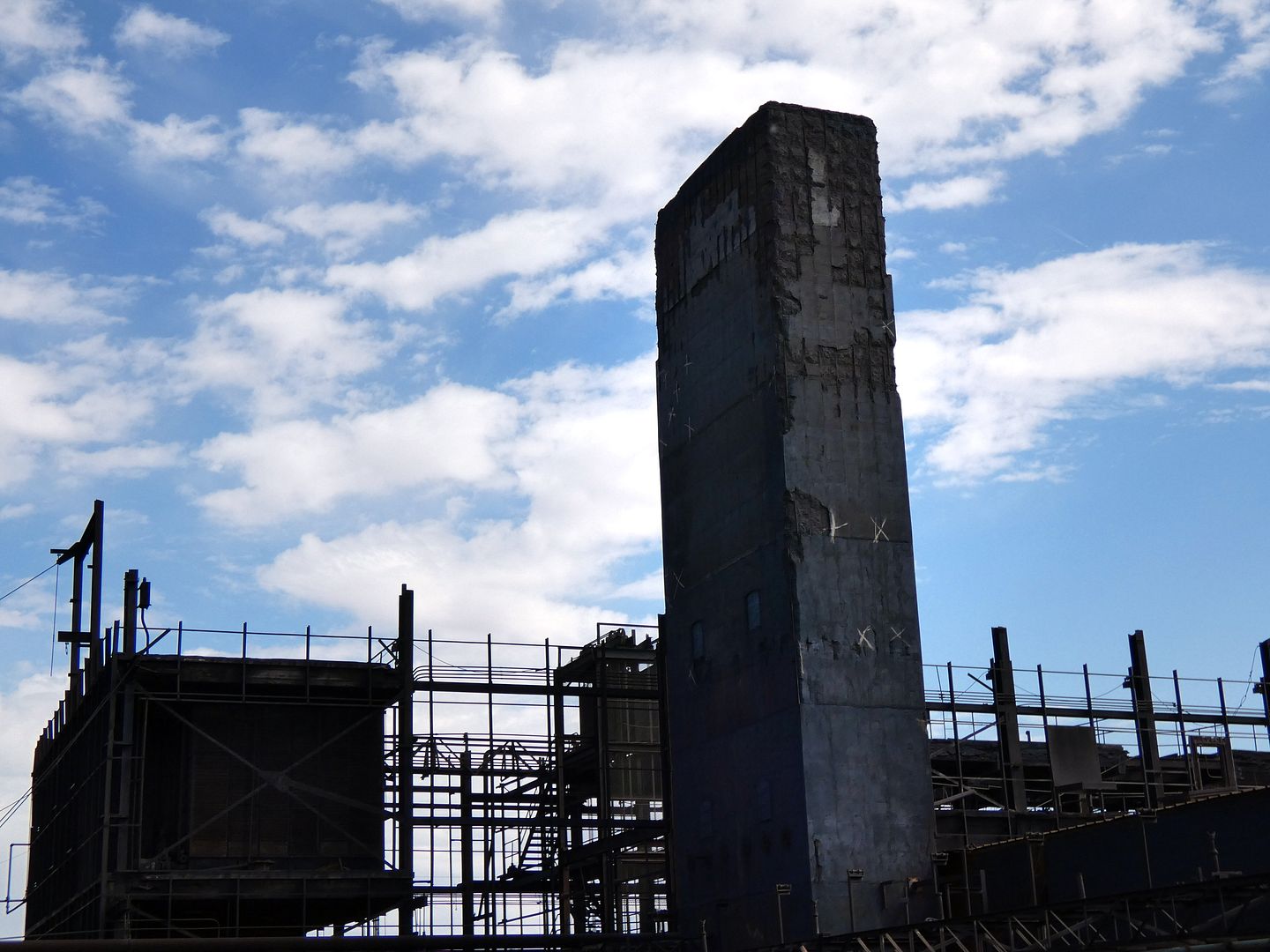
With the plant shut down, thousands of workers fled the Basic Townsite. But not all of them—and enough of them remained to save the settlement, with the help of the Nevada State Legislature.

In 1947, lawmakers passed a bill that allowed the Colorado River Commission to purchase the plant with a down payment of just $1. The balance of the $24 million purchase price could be paid from monies brought in leasing the facilities to private industries.
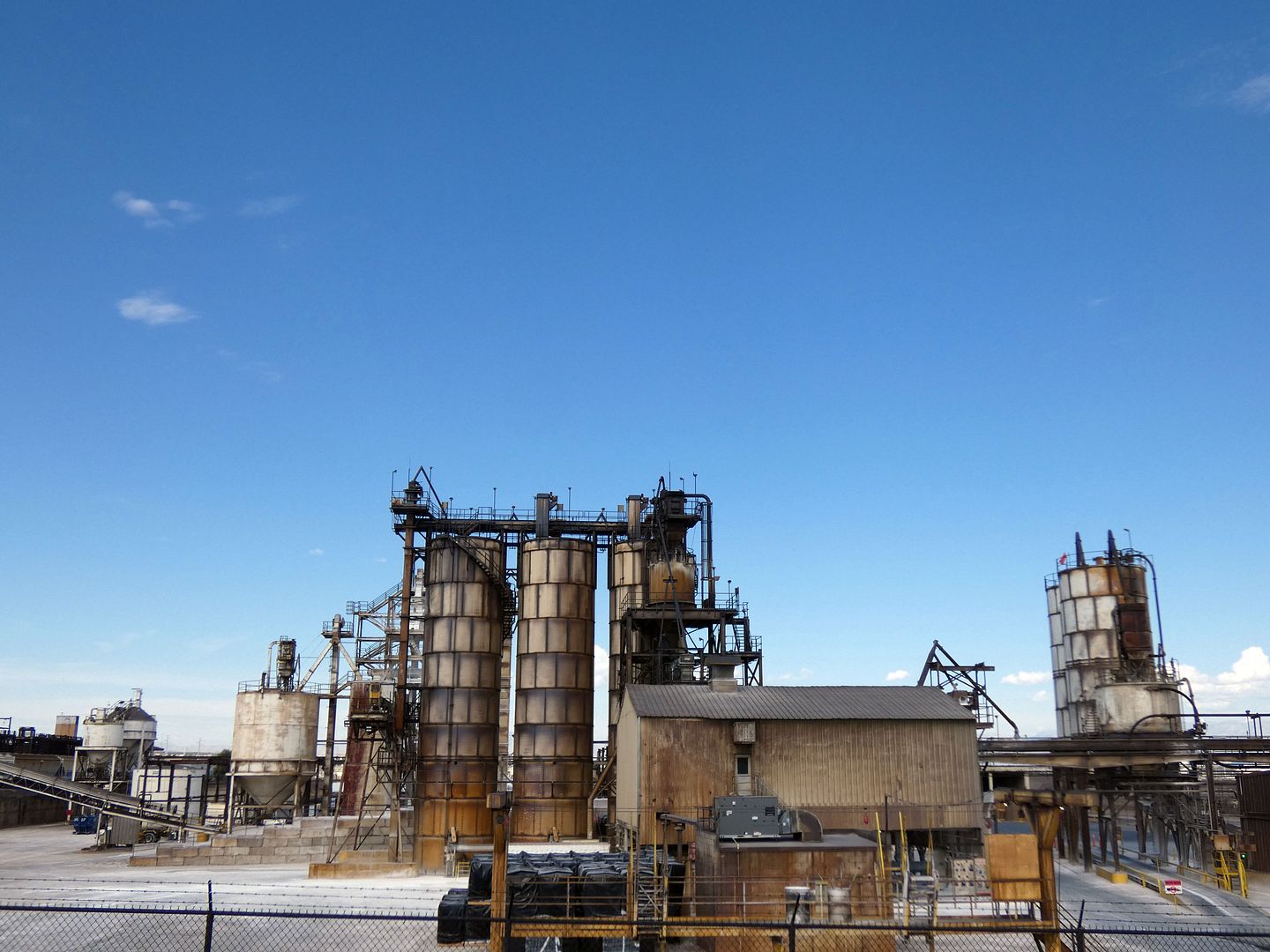
By May 1952, it was completely privatized and divided up into facilities for several leading American manufacturers. Although each owned their own land parcels where their facilities stood, their shared assets—a water pipeline, power distribution, railroad, and evaporation ponds—were owned and managed by a new company called BMI, which then stood for Basic Management Inc.

Other industrial operations on the BMI site included those of rocket fuel producer Kerr-McGee (later known as Tronox, which produced manganese dioxide for dry cell batteries) and still include those of Titanium Metals Corporation (TIMET), chlorine producer Ohlin Chlor Alkali, and producer of electrolytic manganese dioxide (used in alkaline and lithium batteries), Borman Specialty Materials.

Driving through the old plant today, you can still see the evaporation ponds, the railroad tracks...
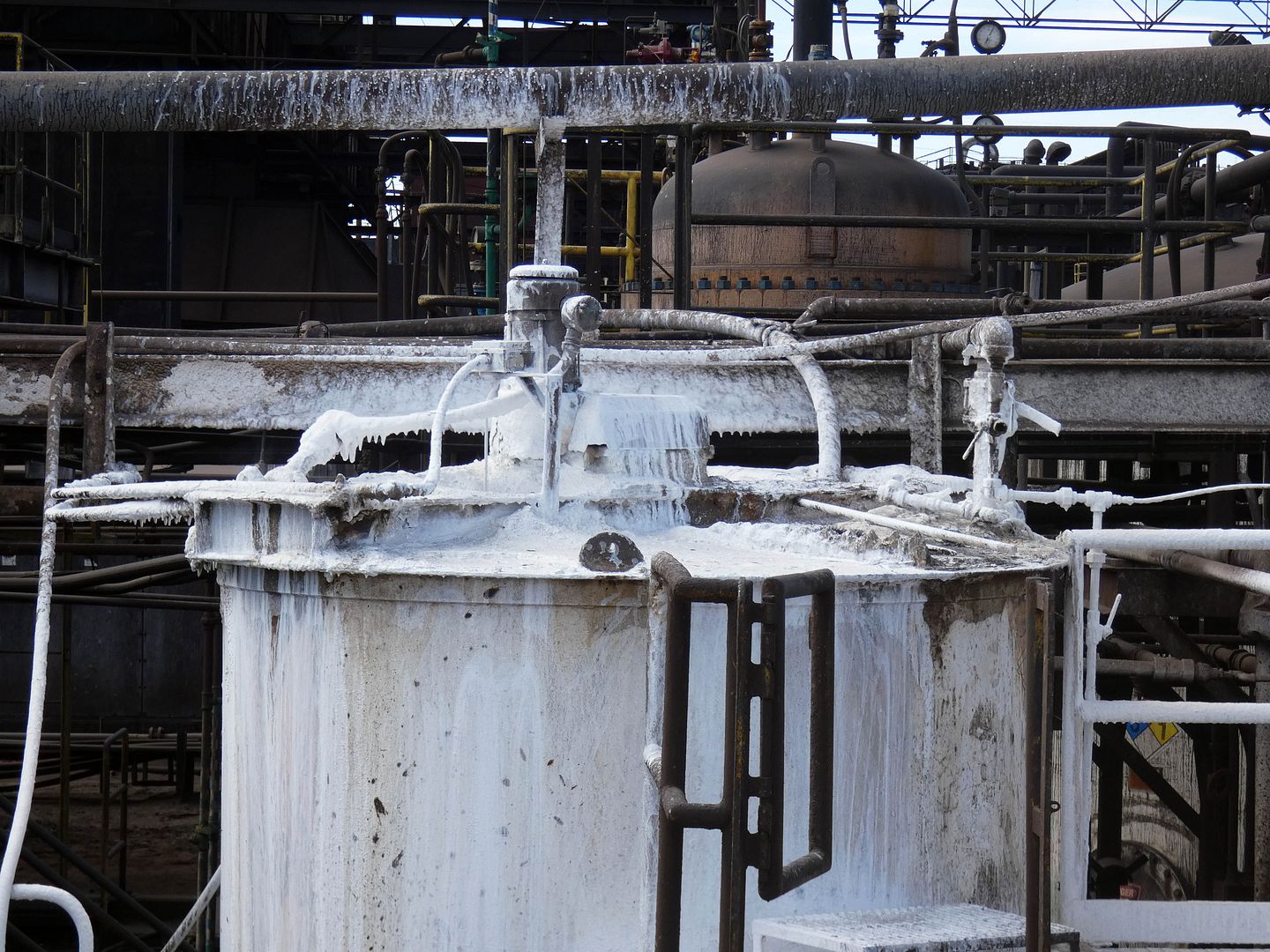
...and big tanks full of manganese sulfate solution and acidic manganous sulfate solution (both used for the battery manufacturing).
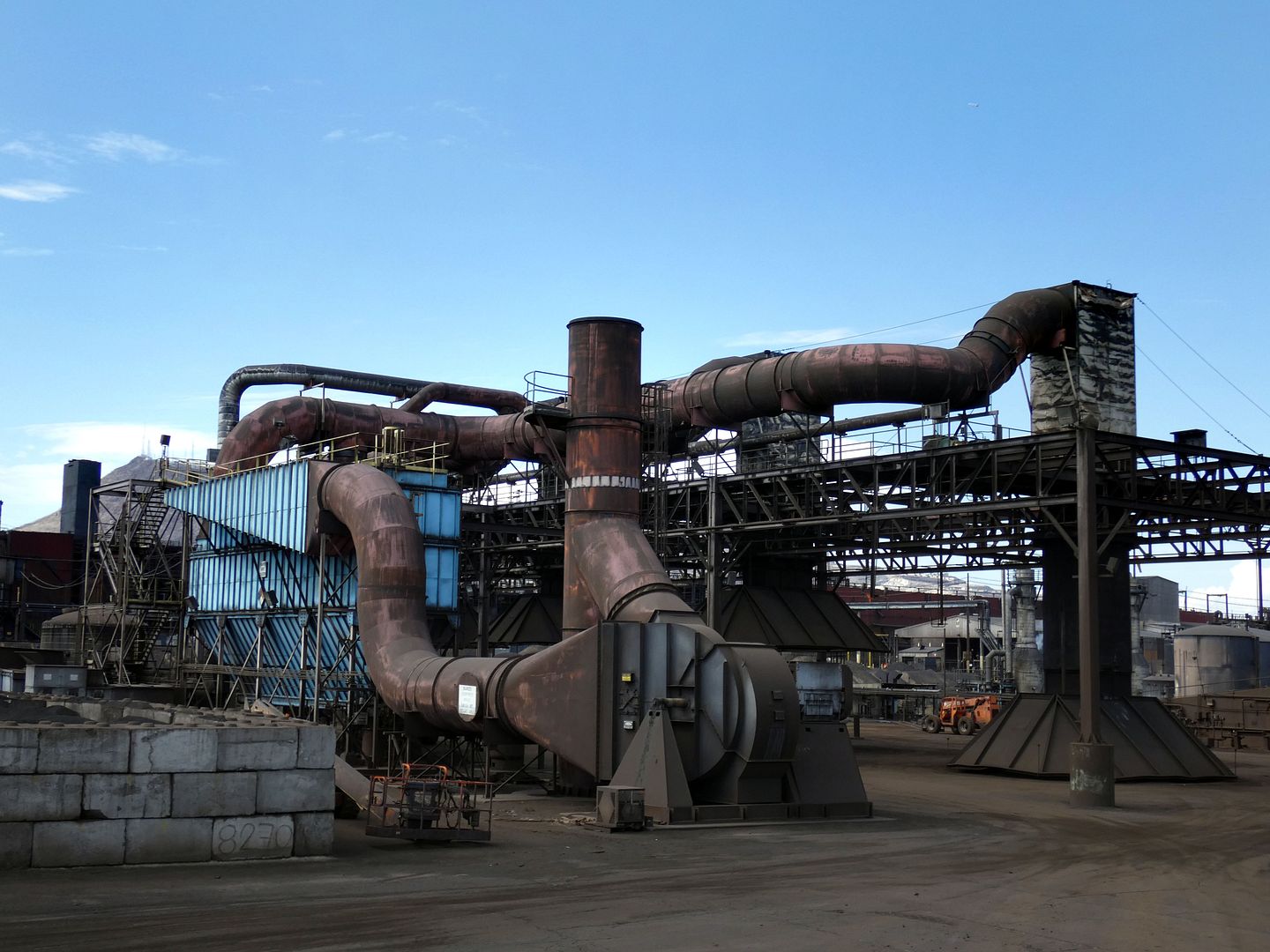
There are so many confined spaces so small, they require entry by permit only. If you end up stuck in the wrong spot, you're a goner. 

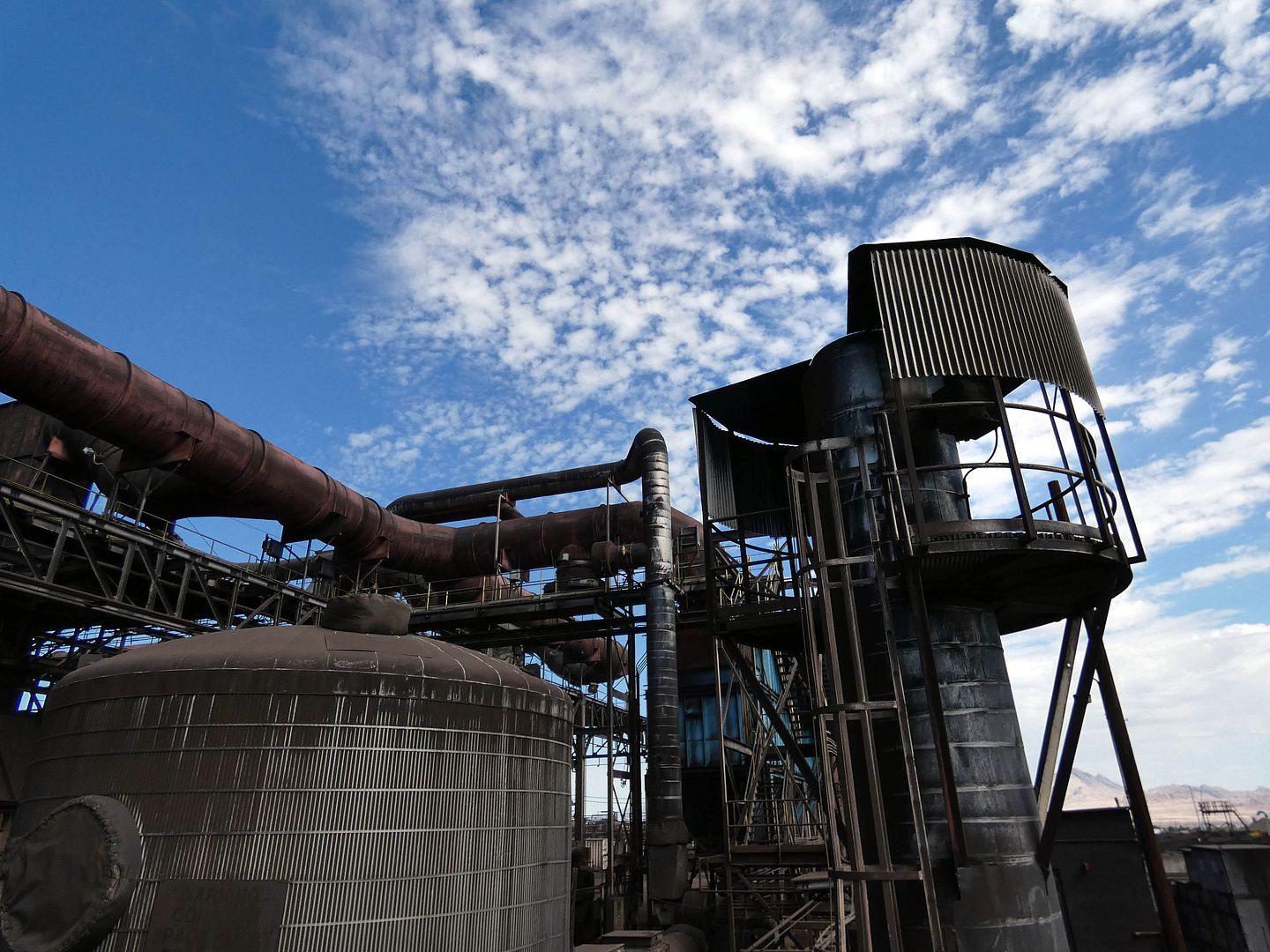
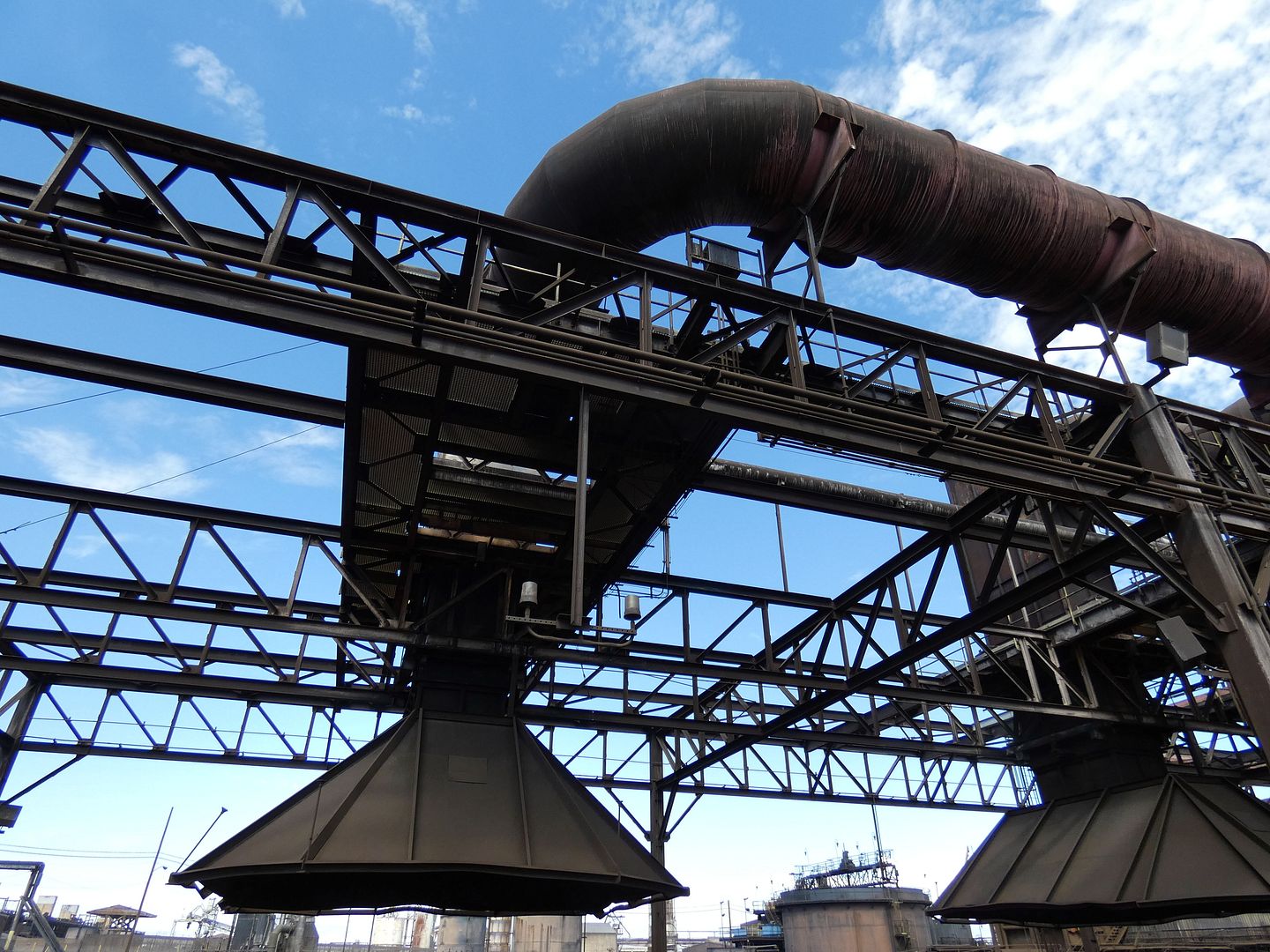
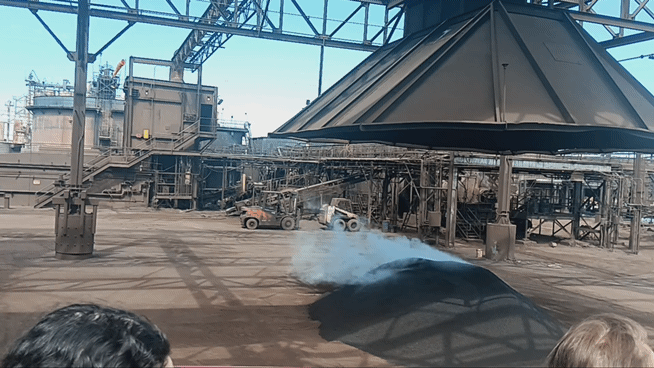
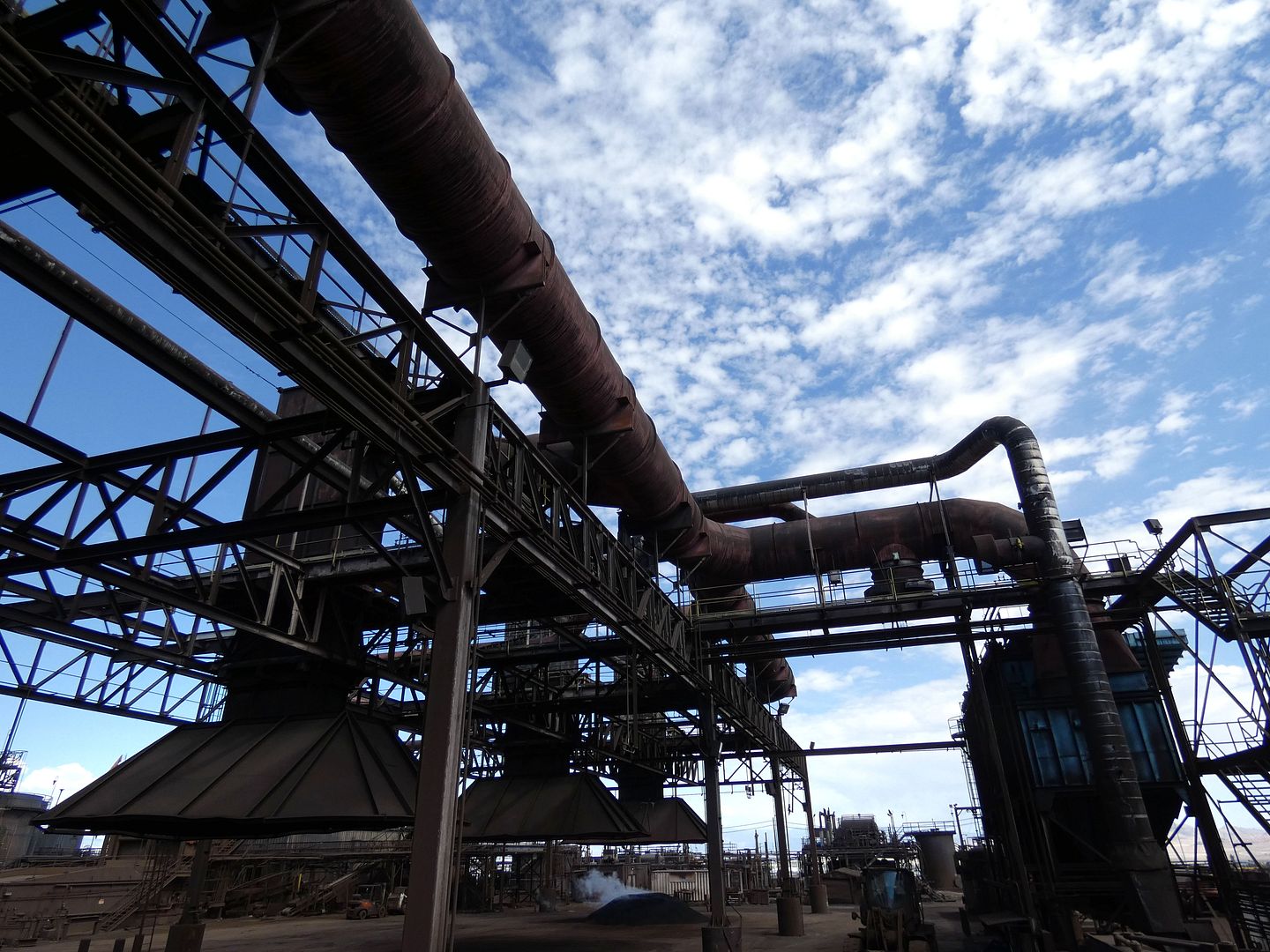

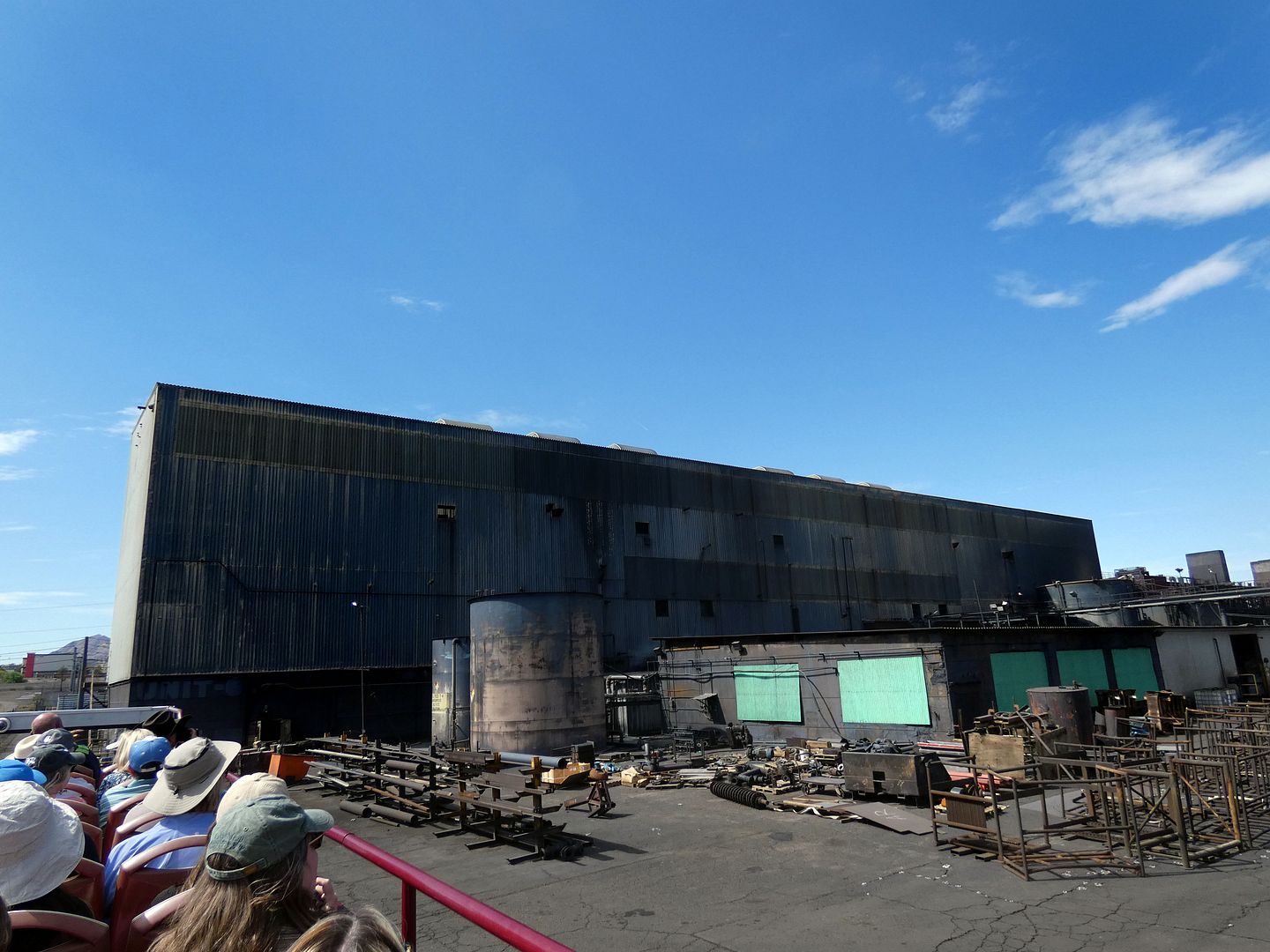
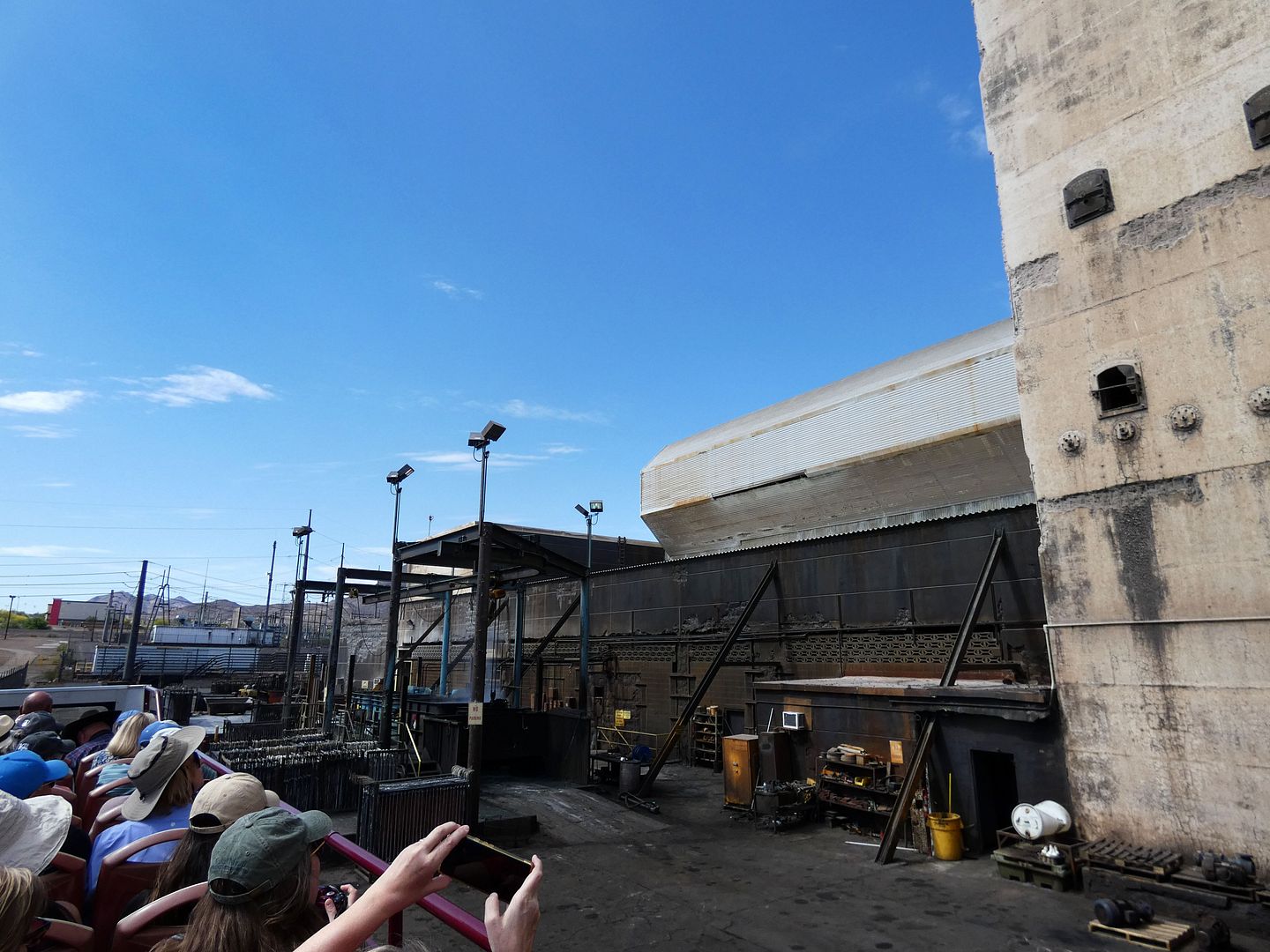

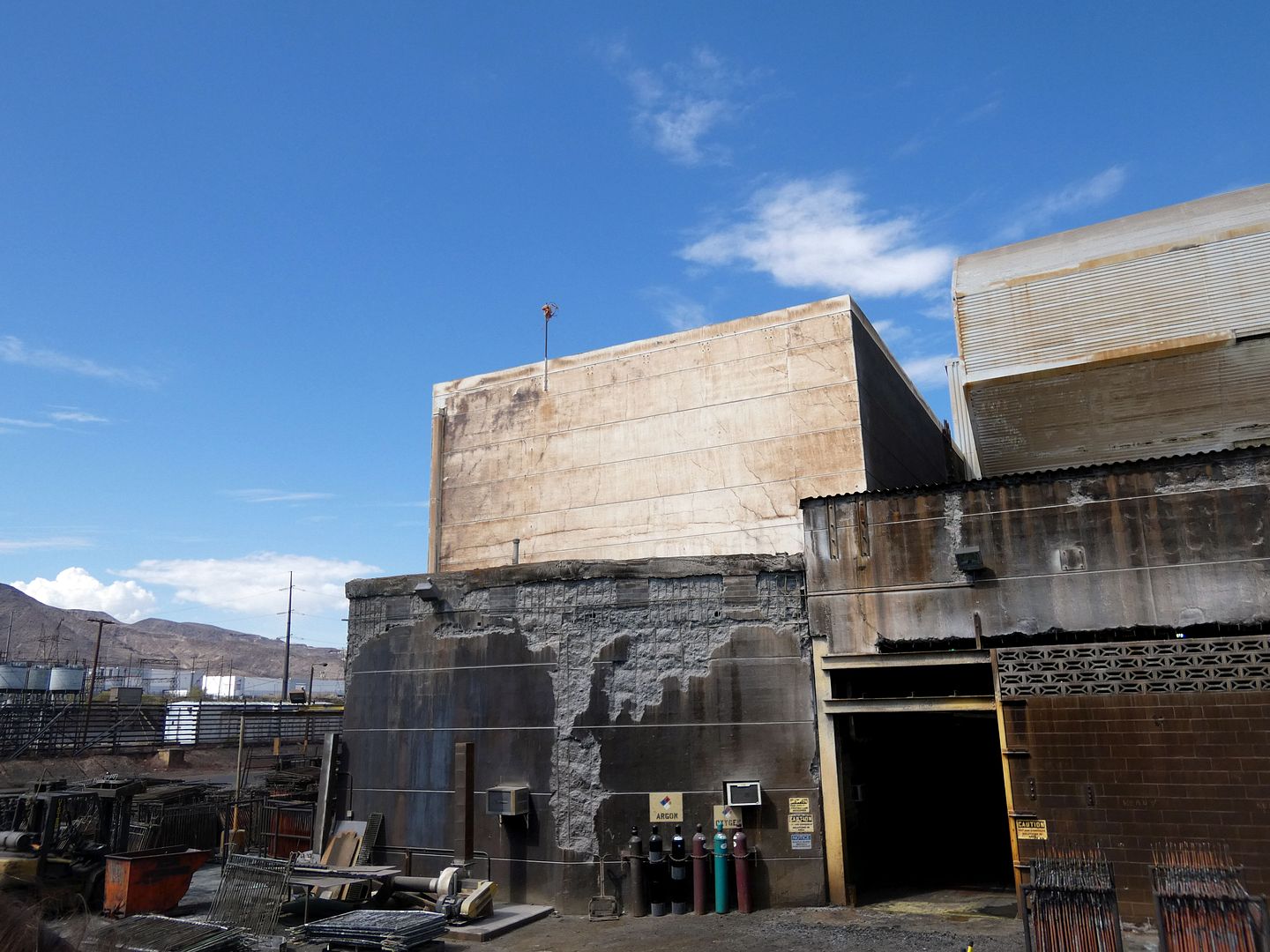
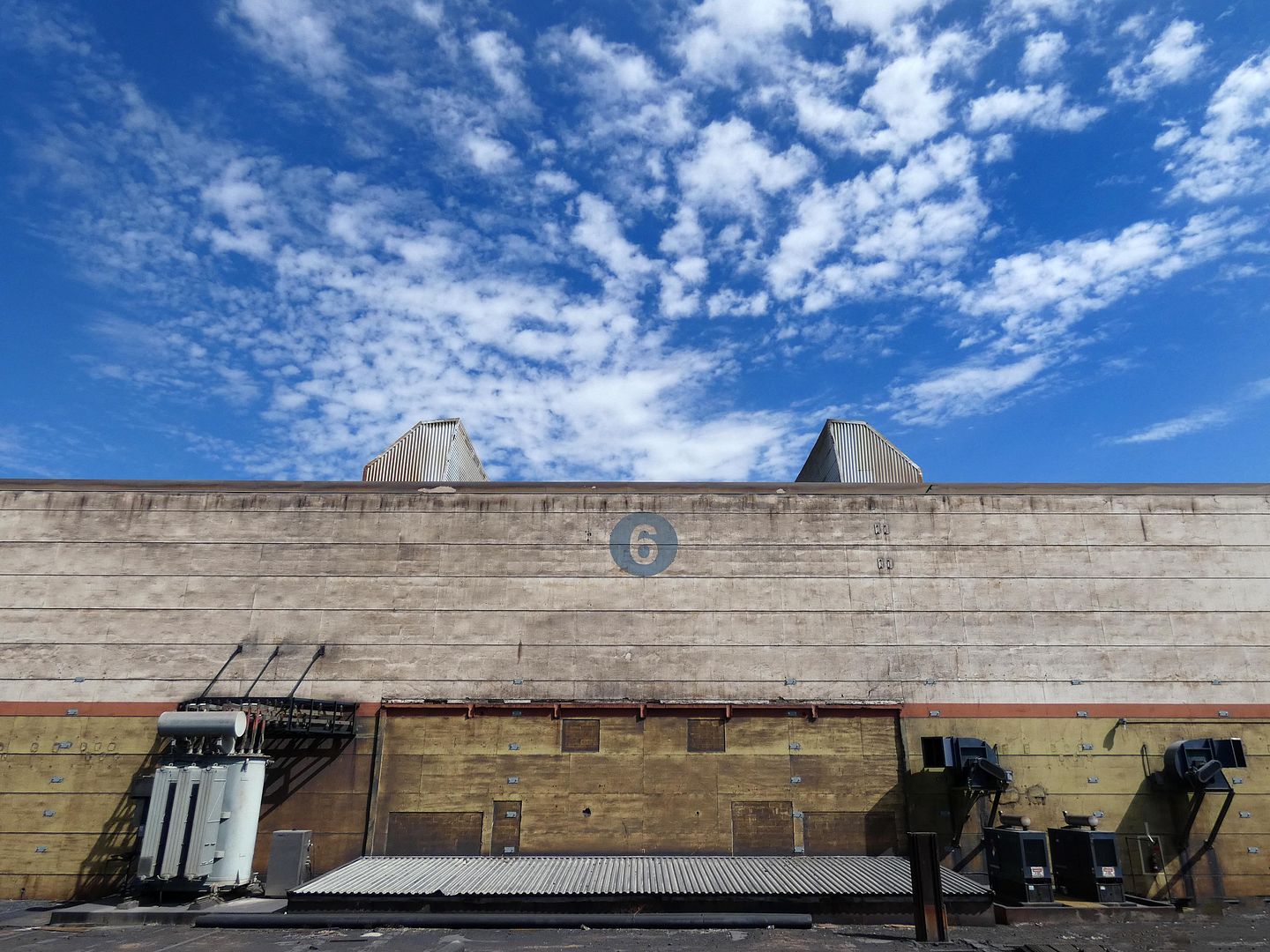

There are still metallurgical furnaces for conducting high-temperature metalworking processes on site—but a baby blue hearth dust collector seemed to only capture a portion of the fine dust particles.

Once I got off the double-decker bus and back to my car, I was absolutely covered in brown muck that had stuck to my sunscreen.

Fortunately, the color-coded fire diamonds indicated no significant health hazards.

Still I'm not sure exactly what kind of fumes I was breathing in...

...as we drove past steaming (or smoking?) piles of I-don't-know-what.

In fact, I couldn't tell you the exact details of much of what we saw—although we were lucky enough to be toured through the facility by a representative from Borman, the battery-making company.

But the big takeaway was that Henderson would simply not exist without the magnesium plant.

The Basic Townsite sprung up as a company town to support its operations, replete with a house of worship (St. Peter's the Apostle Church, built in 1944 and still standing), a hospital (Basic Magnesium Hospital, which is today's St. Rose Dominican Hospital), a high school (Railroad Pass School, a.k.a. Victory High, a.k.a. Basic High School, demolished except for the gymnasium building), fire stations, a grocery store (where the first city hall operated), the Victory Theatre (built in 1943, demolished in 1989), and more.

To provide housing for so many plant workers, BMI commissioned architect Paul R. Williams in 1942 to design two residential complexes: Victory Village (for white workers) and Carver Park (for Black workers).

The only problem was that Carver Park's units weren't ready yet when Black employees began arriving at the Basic Townsite in 1943—so they ended up having to live in the integrated Historic Westside neighborhood of Las Vegas and commute 16 miles each way.

The Victory Village name lives on at the Victory Village Plaza shopping center—but all that remains of the residential complex are some cement slabs near the post office (built in 1944). All of Carver Park was demolished as well, except its community center/cafeteria. That last remaining building serves as today's Elks Lodge.

In 2024, the National Park Service designated Henderson—along with Boulder City—a World War II Heritage City, acknowledging the role it played in the Second World War as "a center of wartime defense manufacturing." 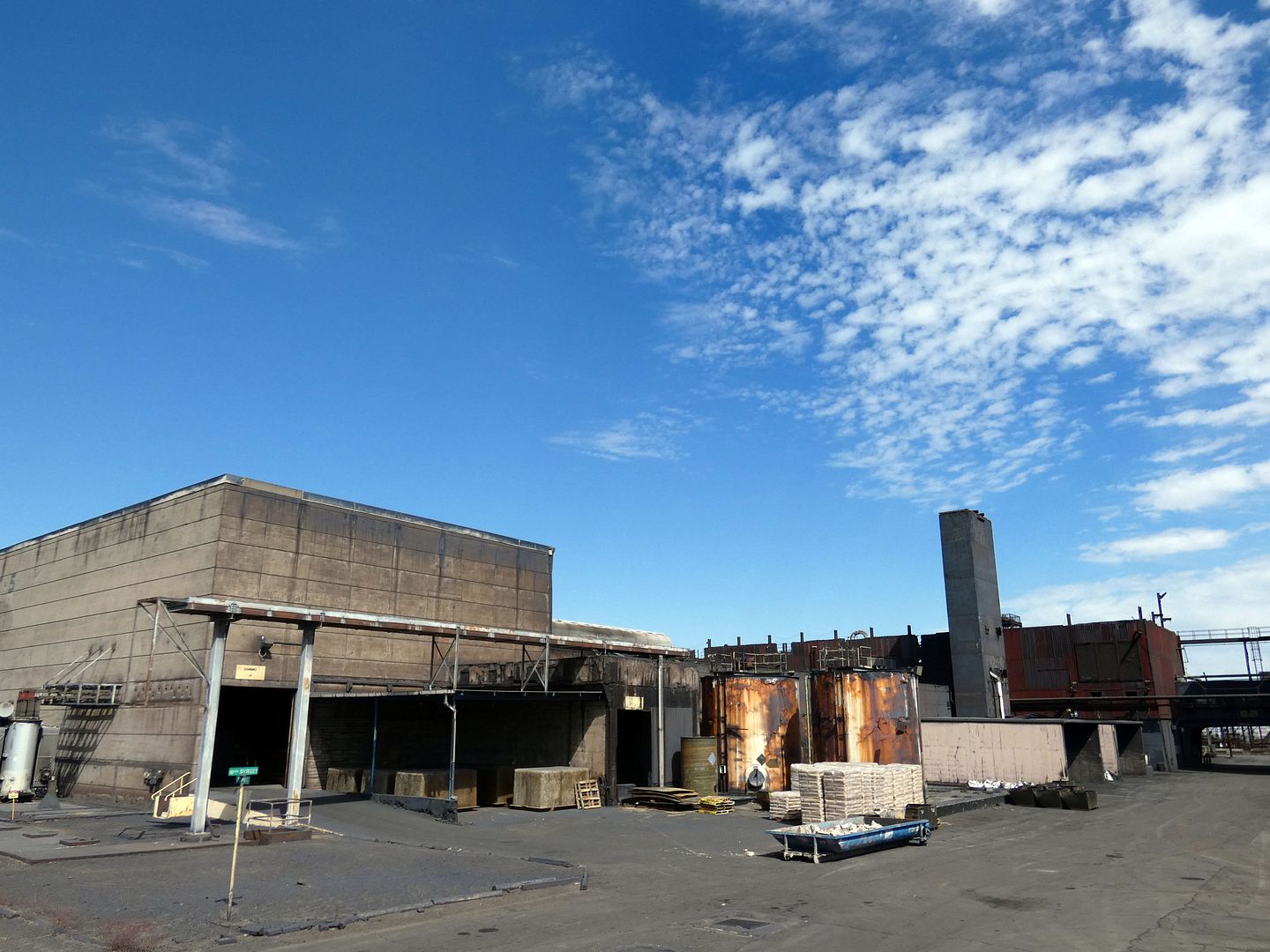
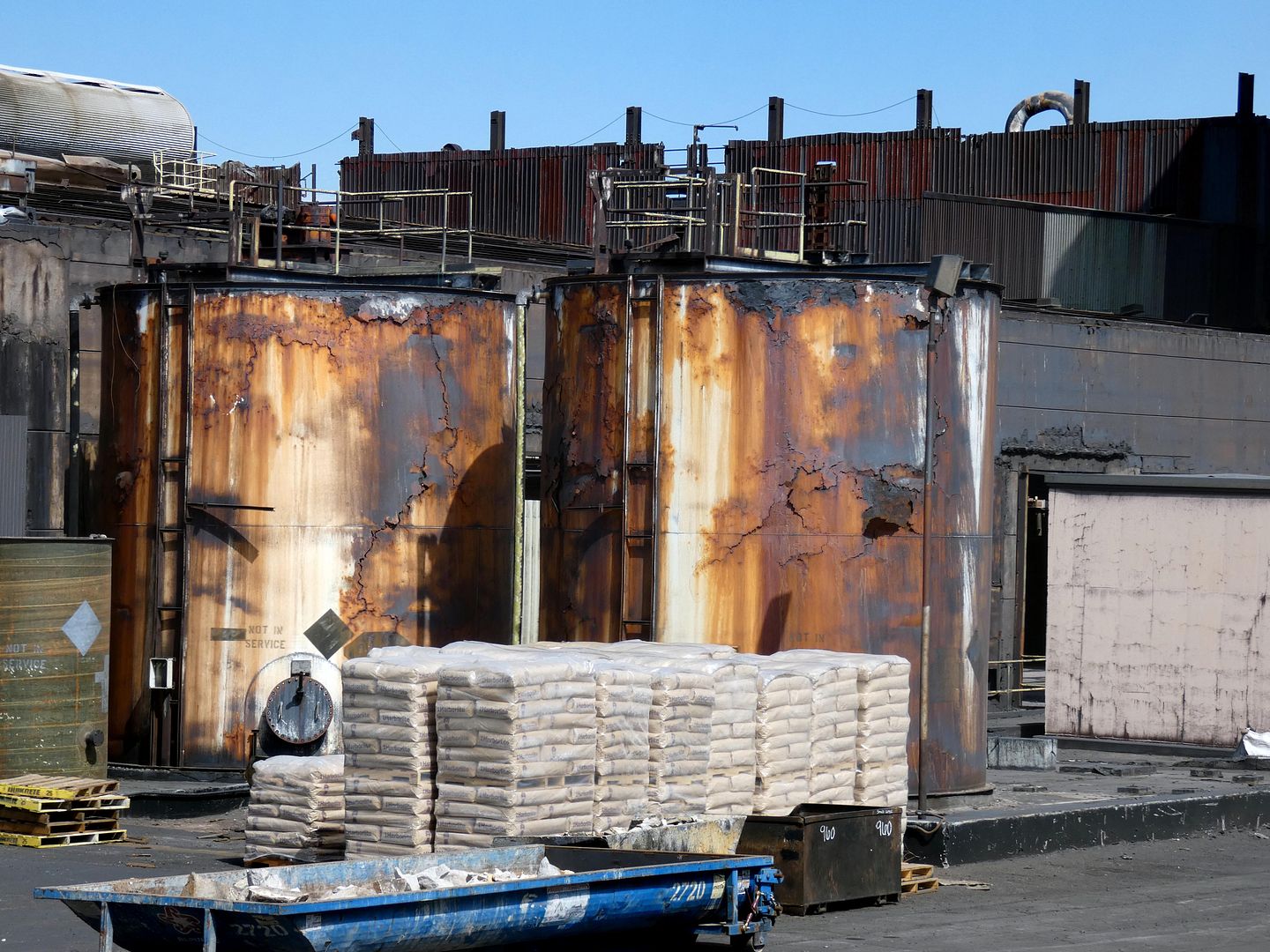

There are other remnants around town—like in the Water Street District, the townsite's first commercial district (named after the pipes that used to bring in water).

But for me, there was no better place to grasp the beginnings of Henderson than at the old BMI plant.*
*Please note this is private property and still an active manufacturing site with lots of hazards. Do not attempt to just walk around or otherwise gain access, as it lies behind a locked gate monitored by a security guard. We had special permission as part of a historical bus tour, and we were never allowed to get off the bus while at the plant.
Related Posts:

No comments:
Post a Comment